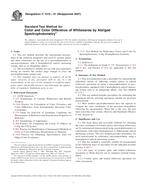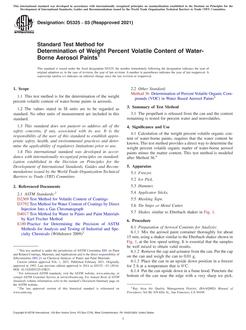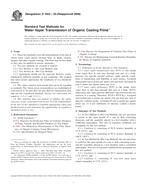Click here to purchase
By the early 1990s, published independent studies suggested that the safety margin between cold starting (cranking) and pumpability might not be valid for modern engines. Five changes in engines and lubricants which may have been lowering the starting temperatures of these engines were cited: low-friction engine designs, fuel injection systems, computer control of fuel flow and ignition, high power-density starting motors and batteries, and friction-modified engine oils. In 1992, the Society of Automotive Engineers’ Fuels and Lubricants Division requested ASTM Committee D-2 on Petroleum Products and Lubricants and its Subcommittee D02.07 on Flow Properties to organize and conduct a low-temperature engine test program. In response to the request, a wide range of equipment manufacturers, oil and additive manufacturers formed the Low Temperature Engine Performance task group. This 240 page research report is the out-come of their years of research and testing. The report focuses on light duty engines and addresses the following: Determines the starting and pumping characteristics of modern engines using multigrade and single grade oils. ? Determines if there exists a “safety margin” between limiting cranking an pumping viscosities in modern engines. ? Assesses the benefits or limitations of current lab test for identifying oils which could result in pumpability failures in engines.
Product Details
- Published:
- 01/01/1999
- ISBN(s):
- 0803127316
- Number of Pages:
- 240


